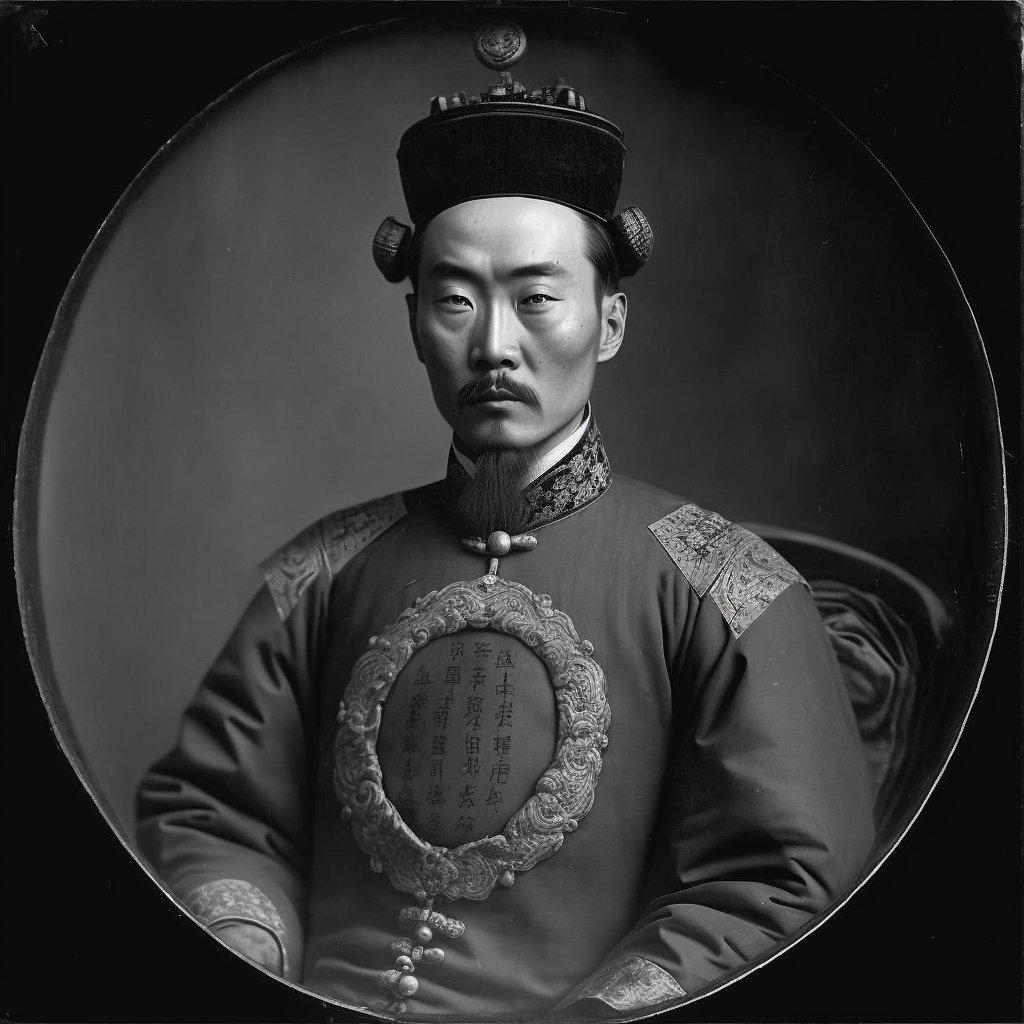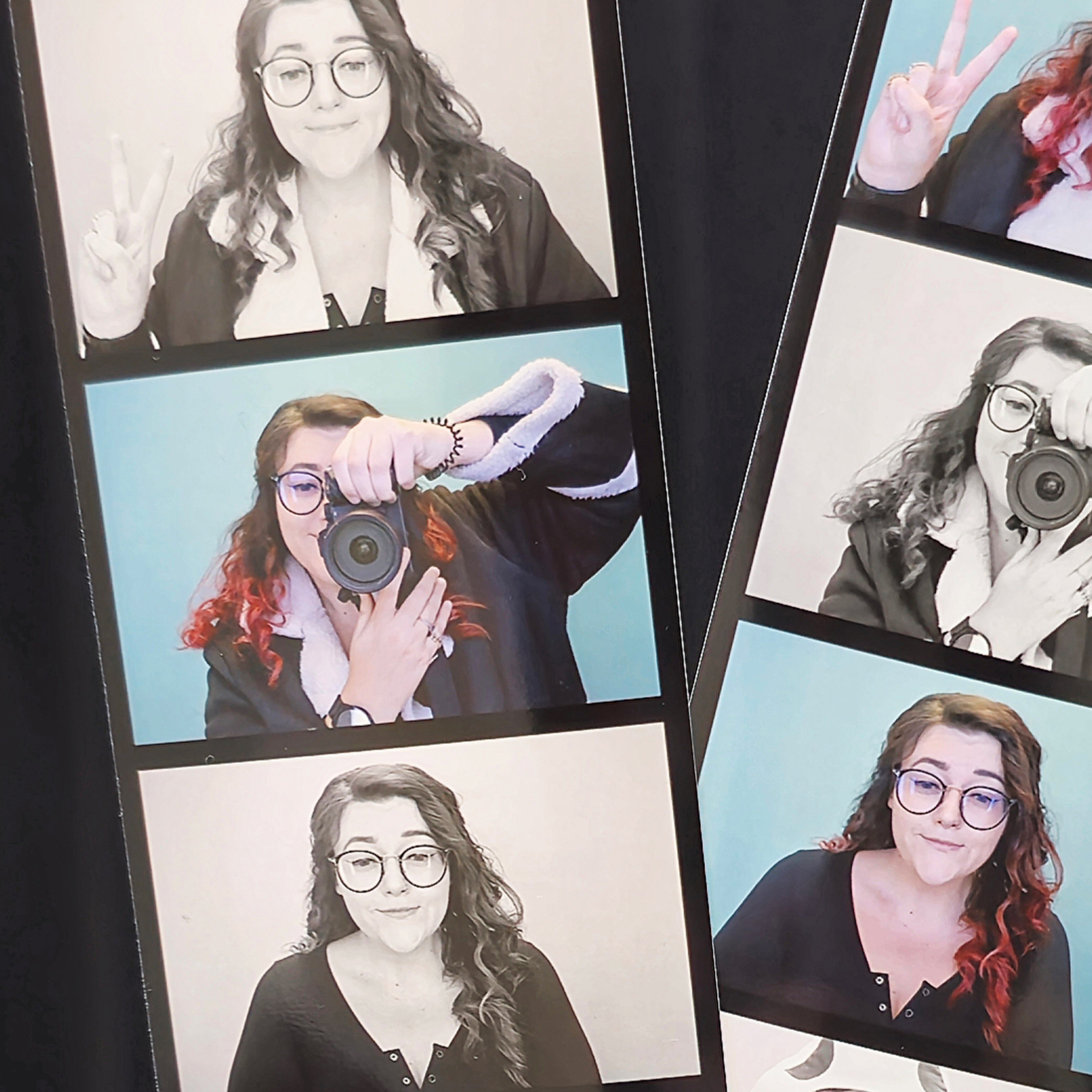Photographer fools the internet with AI-generated images of ancient cameras
Mathieu Stern created some beautiful AI-generated images of ancient cameras using Midjourney with a fabricated backstory

Can anything on the internet be trusted anymore? Hundreds of people were fooled on Friday by a convincing post that was shared on both Instagram and Twitter by French photographer Mathieu Stern, which contained images of beautifully crafted medium format and film cameras, and an accompanying complete made-up history lesson on their unique origins.
Mathieu Stern utilized the emerging trend of AI-image generators to create stunning images of porcelain cameras and then contextualized them with the tale that they were supposedly created by artisans that had been commissioned by The great Chinese Emperor, Qianlong after he became fascinated by the art of photography.
• See our picks of the best medium-format cameras
Experimental photographer and YouTuber, Mathieu Stern, played a joke on the internet last week by easily fooling other photographers and social media users via Twitter and Instagram into believing that he owned a real collection of beautiful porcelain cameras that had once belonged to and had been commissioned by the great Chinese Emperor Qianlong (1711-1799), created by his team of dedicated artisans.
The images of these cameras aren't real at all and were in fact created by Stern using Midjourney, a powerful Discord-based AI image generator that can fabricate any image based on a simple or descriptive text prompt provided to it in a chat server.
Midjourney can produce images within minutes that look either super realistic or sometimes a little more influenced by fine art paintings, presumably having taken work and elements from other online artists in a fused AI creation process.
A post shared by Mathieu Stern (@mathieustern)
A photo posted by on
• What is an AI camera? How AI is changing photography?
• We need to talk about Midjourney AI image generator
• The war against the machines has begun as AI images are banned
• Google's AI text-to-image generator is now ready
• I tried out the MyHeritage AI image generator and it's freaky
• Getty and Shutterstock are the latest platforms to ban AI-generated images
Some responses to Stern's post show that the internet can be pretty gullible and easy to deceive, although few did in fact catch on to the illegitimacy of the porcelain cameras and their history, noting that the fifth Emperor of the Qing dynasty reigned from 1735 to 1796 and that the invention of the camera and daguerreotype imaging process wasn't until around 1839.
Get the Digital Camera World Newsletter
The best camera deals, reviews, product advice, and unmissable photography news, direct to your inbox!
Granted, the facts and history surrounding the invention of photography and the creation of the first latticed window image by Talbot isn't necessarily common knowledge to every photographer, especially those who got lucky and escaped having to write any essays around the topic, so it can be pretty easy for some to believe that these cameras were actually produced in 17th century China.
When asked why he chose this initial idea of porcelain cameras to begin with, Mathieu shared with us that "I had already conducted some experiments with AI-generated cameras that looked like Star Wars Characters, and cameras that were made from stone and wood, but this project was more about having a plausible object that maybe could have existed, and to see if I could make it realistic enough".
The great Chinese Emperor Qianlong became fascinated by the art of photography, and he ordered his finest artisans to create a series of cameras made entirely of porcelain.#midjourneyV4 #filmcamera #camera #aicinema #aiartcommunity pic.twitter.com/AkNeBZbTmZDecember 9, 2022
The images of the porcelain cameras that Stern shared on social media are admittedly convincing for AI-generated photos, and do not look distorted in any way, or display any obvious faults that a large proportion of AI-generated images can tend to have. The text and historical contextualization of these images relating to the Emperor and his porcelain cameras was also created by an AI!
Using software called ChatGPT, a prototype dialogue artificial intelligence chatbot that has been developed by OpenAI, the same intelligence company and research laboratory (with Elon Musk as a founder) that is responsible for creating the hugely popular Dall-E 2 generator, Stern was able to create not only a plausible and well-written explainer behind the images but barely had to type a word himself.
Mathieu shared with us exclusively that, "ChatGPT helped me create a story about the Emperor and how he was in love with Photography, I invented the general idea of the story and I asked the A.I. to fill the gaps in and make it sound more like a museum explanation".
The resulting images were stunning, and the Emperor was so pleased with the camera that he ordered several more to be made for his court photographers. pic.twitter.com/QDau6mTmbiDecember 9, 2022
One Instagram user commented, "Very cool. Any chance we can see the photos they took?" and was in on the joke too, challenging Stern to take it a step further and generate one of the images that these porcelain cameras may well have produced hypothetically.
Stern then shared the image below to his Twitter account with the caption, 'Here is a photo taken with one of the cameras.'

Some Twitter users were blown away by the (fake) result produced by the cameras, although others noted that while the AI did a pretty damn good job, the text on the clothing of the subject isn't composed of real Chinese symbols but is actually complete gibberish - though we may need to do some fact-checking on this.
Stern has also manifested some other AI-created film camera designs in the past based on inspirations from the Star Wars franchise, created using the Dall-E 2 AI image-generator, as well as additional concept art designs prompted to resemble the style of Ralph Mcquarrie and Doug Chiang, two Star Wars Universe designers.
A post shared by Mathieu Stern (@mathieustern)
A photo posted by on
The example above is what Stern produced using the Dall-E 2 generator created by OpenAI, and the below post showcases the slightly more polished (in my opinion) creations produced using a different generator, the Midjourney AI, that Stern also used to produce the deceptive porcelain camera images.
A post shared by Mathieu Stern (@mathieustern)
A photo posted by on
• You may also want to take a look at our guides to the best noise reduction software, as well as our review of the Topaz Labs DeNoise AI and Topaz Labs Sharpen AI software, and the Top 10 AI tools in Photoshop.

Beth kicked off her journalistic career as a staff writer here at Digital Camera World, but has since moved over to our sister site Creative Bloq, where she covers all things tech, gaming, photography, and 3D printing. With a degree in Music Journalism and a Master's degree in Photography, Beth knows a thing or two about cameras – and you'll most likely find her photographing local gigs under the alias Bethshootsbands. She also dabbles in cosplay photography, bringing comic book fantasies to life, and uses a Canon 5DS and Sony A7III as her go-to setup.
